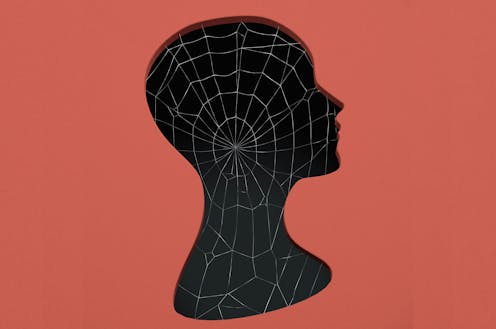How does consciousness work? Duelling scientists tested two big theories but found no winner
- Written by The Conversation

“Theories are like toothbrushes,” it’s sometimes said. “Everybody has their own and nobody wants to use anybody else’s.”
It’s a joke, but when it comes to the study of consciousness – the question of how we have a subjective experience of anything at all – it’s not too far from the truth.
In 2022, British neuroscientist Anil Seth and I published a review listing 22 theories based in the biology of the brain. In 2024, operating with a less restrictive scope, US public intellectual Robert Kuhn counted more than 200.
It’s against this background that Nature has just published the results of an “adversarial collaboration” from a group called the Cogitate Consortium focused on two prominent theories: global neuronal workspace theory and integrated information theory.
Two big theories go head to head
With so many ideas floating around and inherently elusive subject matter, testing theories has been no easy task. Indeed, debate between proponents of different theories has been vigorous and, at times, acrimonious.
At a particularly low point in 2023, after the initial announcement of the results Cogitate has formally published today, many experts signed an open letter arguing that integrated information theory was not only false but doesn’t even qualify as scientific.
Nevertheless, global neuronal workspace theory and integrated information theory are two of the “big four” theories that dominate current discussions of consciousness. (The others are higher-order representation theories, and the local re-entry – or recurrency – theory.)
The theories are hard to summarise, but both tie consciousness to the activity of neurons in different parts of the brain.
Advocates of these two theories, together with a number of unaligned theorists, generated predictions from the two theories about the kinds of brain activity one would expect to be associated with consciousness.
Predictions and results
The group agreed that integrated information theory predicts conscious perception should be associated with sustained synchronisation and activity of signals in a part of the brain called the posterior cortex.
On the other hand, they said global neuronal workspace theory predicts that a process of “neural ignition” should accompany both the start and end of a stimulus. What’s more, it should be possible to decode what a person is conscious of from activity in their prefrontal cortex.
These hypotheses (among others) were tested by “theory-neutral” teams from across the globe.
The results were not decisive. Some were in line with predictions of one or other of the theories, but other results generated challenges.
For example, the team failed to find sustained synchronisation within the posterior cortex of the kind predicted by integrated information theory. At the same time, global neuronal workspace theory is challenged by the fact that not all contents of consciousness could be decoded from the prefrontal cortex, and by the failure to find neural ignition when the stimulus was first presented.
A win for science
But although this study wasn’t a win for either theory, it was a decisive win for science. It represents a clear advance in how the consciousness community approaches theory-testing.
It’s not uncommon for researchers to tend to look for evidence in favour of their own theory. But the seriousness of this problem in consciousness science only became clear in 2022, with the publication of an important paper by a number of researchers involved in the Cogitate Consortium. The paper showed it was possible to predict which theory of consciousness a particular study supported based purely on its design.
The vast majority of attempts to “test” theories of consciousness have been conducted by advocates of those very theories. As a result, many studies have focused on confirming theories (rather than finding flaws, or falsifying them).
No changing minds
The first achievement of this collaboration was getting rival theorists to agree on testable predictions of the two theories. This was especially challenging as both the global workspace and integrated information theories are framed in very abstract terms.
Another achievement was to run the the same experiments in different labs – a particularly difficult challenge given those labs were not committed to the theories in question.
In the early stages of the project, the team took advice from Israeli-US psychologist Daniel Kahneman, the architect of the idea of adversarial collaborations for research.
Kahneman said not to expect the results to change anyone’s mind, even if they decisively favoured one theory over another. Scientists are committed to their theories, he pointed out, and will cling to them even in the face of counter-evidence.
The usefulness of irrationality
This kind of irrational stubbornness may seem like a problem, but it doesn’t have to be. With the right systems in place, it can even help to advance science.
Given we don’t know which theoretical approach to consciousness is most likely to be right, the scientific community ought to tackle consciousness from a variety of perspectives.
The research community needs ways to correct itself. However, it’s useful for individual scientists to stick to their theoretical guns, and continue to work within a particular theory even in the face of problematic findings.
A hard nut to crack
Consciousness is a hard nut to crack. We don’t yet know whether it will yield to the current methods of consciousness science, or whether it requires a revolution in our concepts or methods (or perhaps both).
What is clear, however, is that if we’re going to untangle the problem of subjective experience, the scientific community will need to embrace this model of collaborative research.







